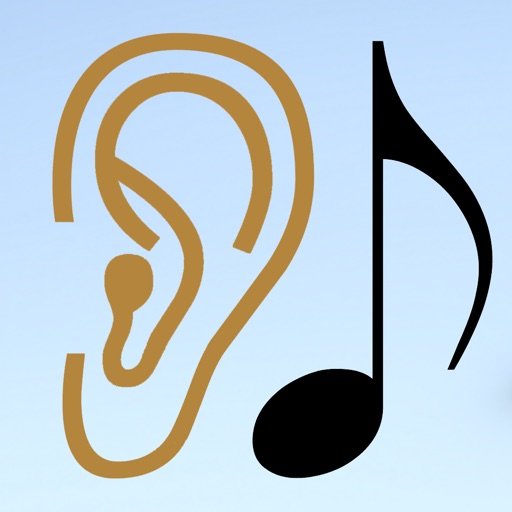

Piano roll much faster than by just trying out random notes until you
#Www.musictheory.net interval ear trainer how to#
In your head and work out how to play it on a keyboard or draw it into The musical benefits of having this ability are many but for me it comes down to better melodies, faster! Yes, once you're initiated into the art of recognizing intervals you'reĪble to apply this to your own melody writing. The ability to recognize intervals allows you to do the same but for the difference or distance in pitch between notes. System of measurement which allows you to judge almost immediately howįar apart the objects are from each other. You are able to estimate because you know how long aĬentimeter or a meter is. Room you will answer with a number in meters and centimeters or maybeįeet and inches. When I ask you to guess how far apart two objects are in a So what exactly does this ability do for you as an artist or music producer? This skill combined with the knowledge of the different interval names and distance in semitones between notes in each interval will improve your craft as a music producer. Interval ear training is a way to learn to know the sound of the most important intervals. Intervals are measured in semitones and tones and serve as the building blocks for scales and chords. Think of it as a simple starting point for your journey to perfect-pitch-awesomeness, Dylan style.Īn interval in music refers to the difference or distance in pitch between two notes. Well, interval ear training won't get you to show off your perfect pitch like Dylan has, but it will get you closer. For the sake of simplicity, each song features the interval as the first two notes.Wouldn't in be great to have the same superpowers as Dylan? I know, right! Here are some song suggestions for the intervals I listed above.


The same technique can apply to all the other intervals. For example, can you the hum the first two notes of “Happy Birthday”? If you can, you now know what an ascending major second interval sounds like. Any song will work, as long as it has the desired interval in a memorable part. Many people use a separate song for each single interval, but it’s really up to you. This works because intervals sound similarly regardless of what the actual notes are. The idea is to associate memorable parts of songs you know to the correct interval names. Probably the most popular approach to learning interval recognition is by song association. The intervals are named based on the distance, in semitones, between the first note and the second. This ability is often referred to as “relative pitch” because pitches are recognized relative to each other, as intervals like “Major 3rd” or “Perfect 5th,” and not as specific notes, such as “A” or “C.” Similarly, interval recognition will allow you to memorize and reproduce melodies, a pair of notes at a time. Remember that rhythm recognition allows you to memorize and reproduce the rhythm patterns. Like rhythm recognition, interval recognition is one of the most essential ear training skills. The actual notes are often not very important as far as interval recognition is concerned. It is important to mention that interval names are distinct from the note names. Each pair of notes contains an interval between them, and those intervals have names. Otherwise, the interval is considered “descending”. A melodic interval is considered “ascending” if the pitch of the second note is higher than the first. Today I’ll talk about interval recognition – the ability to recognize the difference between two pitches.Īn interval is just a combination of two notes either played together (harmonically) or one after another (melodically).
#Www.musictheory.net interval ear trainer series#
This is the second in the series of posts about ear training skills.


 0 kommentar(er)
0 kommentar(er)
